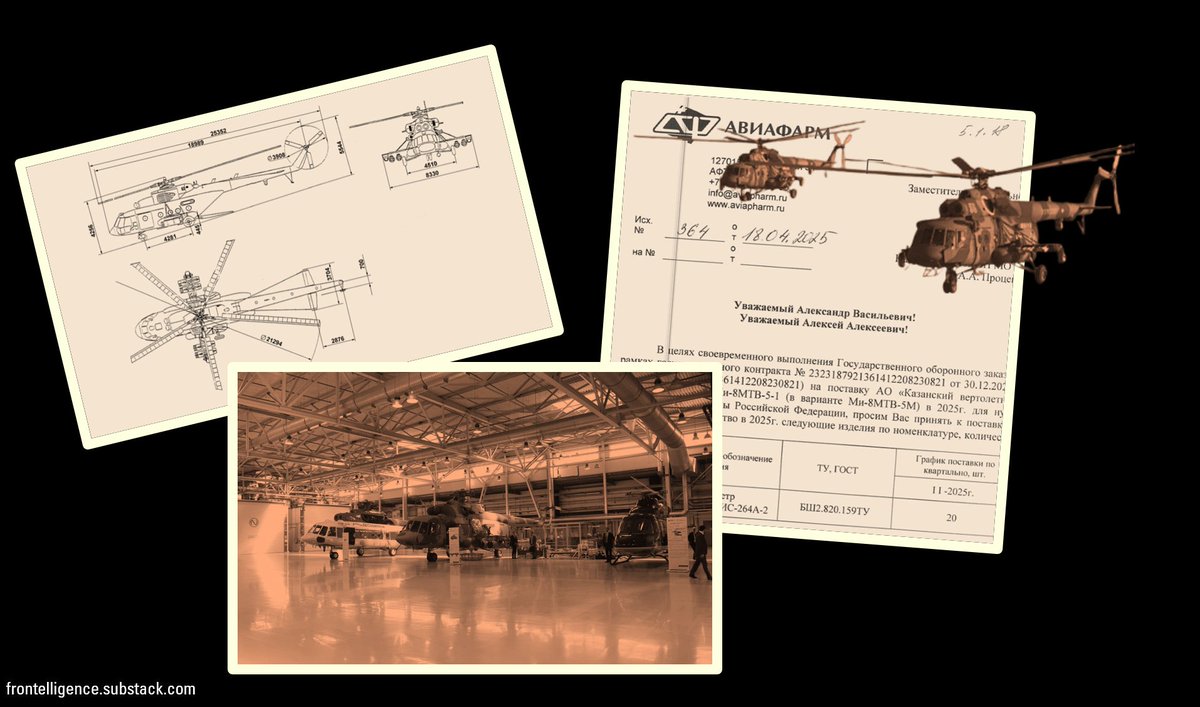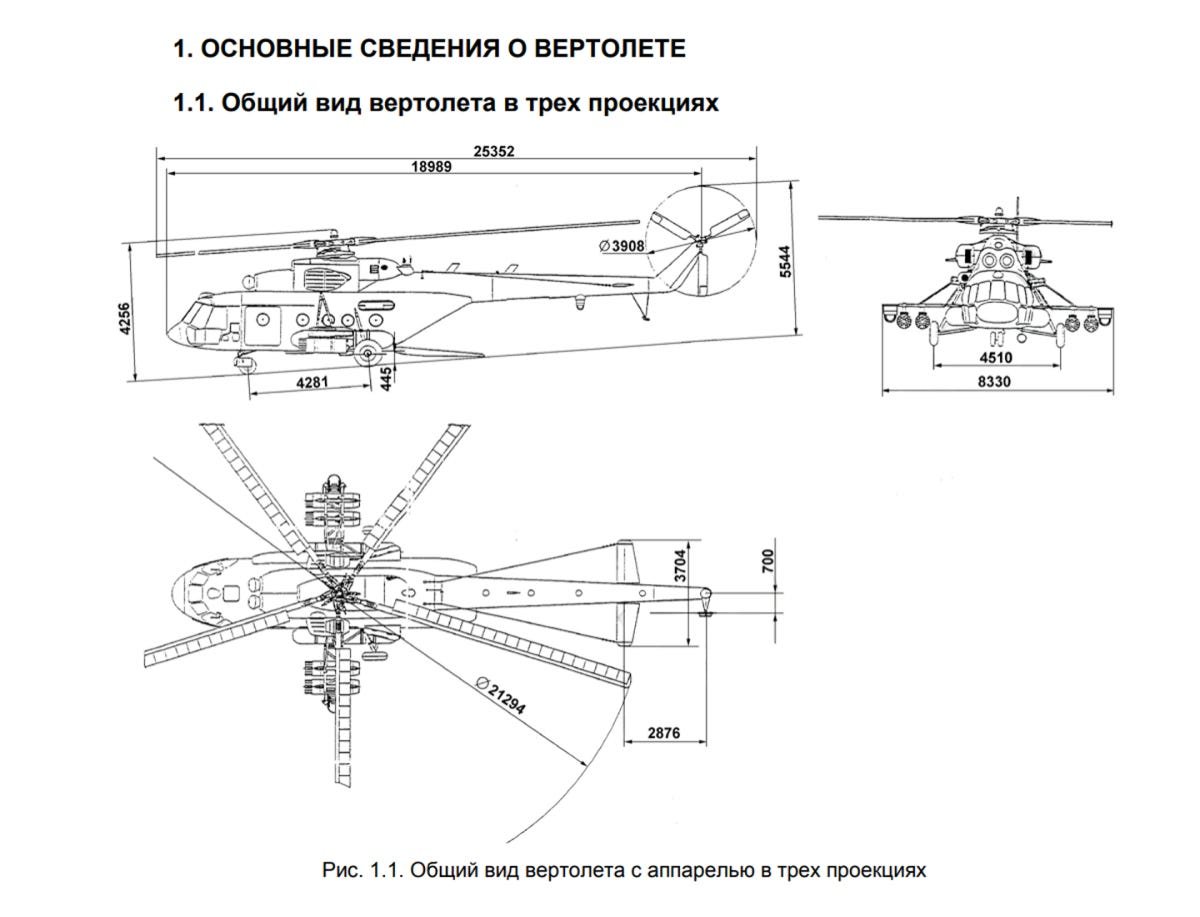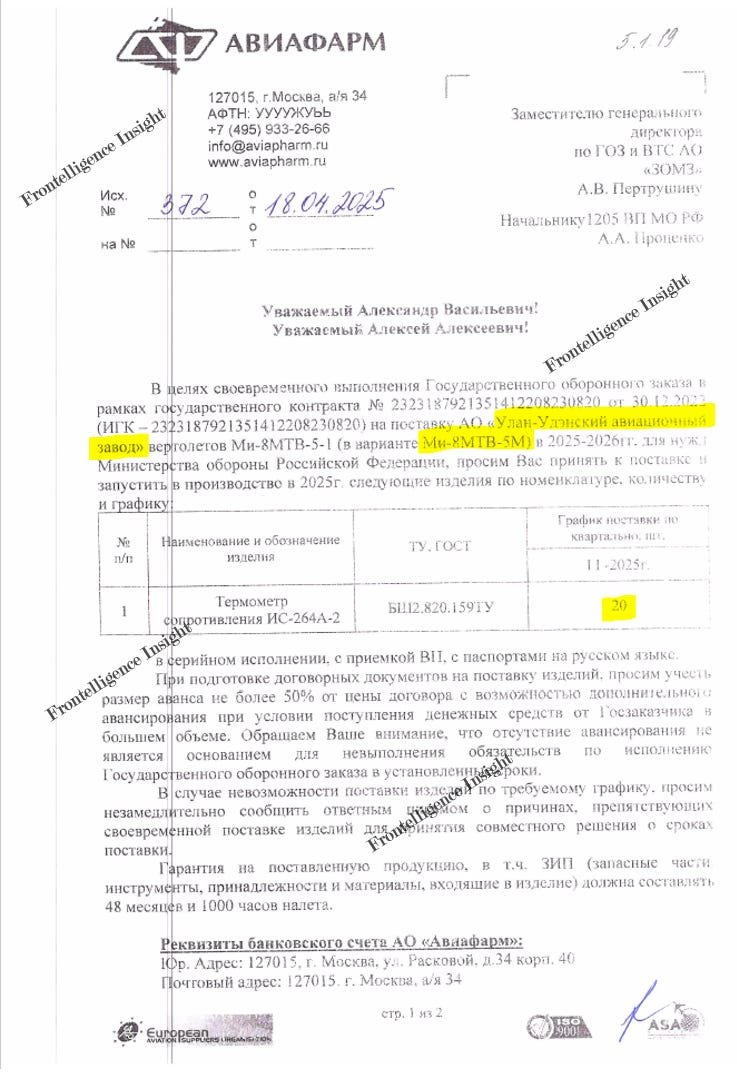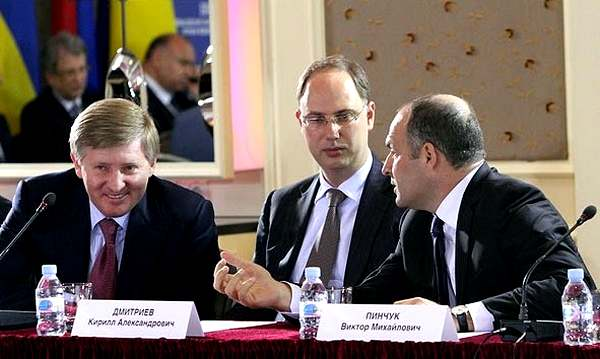Sanctions enforcement against Russia remains weak, as companies, including those from the West, continue to supply critical manufacturing equipment to sanctioned Russian firms. Frontelligence Insight reveals details of its investigation and provides evidence.
🧵Thread:
🧵Thread:

2/ The Russian UAV manufacturer "Albatros," based in Alabuga, is led by Aleksei Florov, also a chief designer involved in the localization of Iranian Shahed drones in Alabuga. Both "Albatros" and Aleksei Florov are sanctioned by several countries, including the US.

3/ The documents obtained by @CyberResUa and analyzed by Frontelligence Insight reveal that Aleksei Florov and his "Albatros" not only maintain trade relations with foreign companies through intermediaries but often engage directly with them.
4/ While Chinese companies play a key role, other companies, including French and Korean, have also been spotted. For instance, the Russian branch of the South Korean software company Midas Engineering Software directly offered to provide manufacturing software to Albatros

5/ Thanks to an email conversation between Florov and Dmitry Vorontsov, the regional manager of "UNIT MARK PRO," we know that Unit Mark Pro supplies the Russian military industry, including Zala Aero (Lancet manufacturer), with industrial equipment from SIC Marking, France 

6/ Chinese companies often work directly with Albatros to supply crucial components like semiconductors. Leaked emails reveal that Asia Semiconductor openly offer to bypass sanctions and supply with Mean Well, Aimtec, Siemens, Chinfa, Maxim, XILINX, Atmel, Wago, Vicor, and ST/TI

7/ Another example is Ericco Inertial System, based in Xi’an, China, which reached out directly to the CEO of Albatros, offering to sell MEMS MIUs (navigational devices for measuring navigational data) for their UAVs. 

8/ Unfortunately, it doesn't stop at relatively small items. The Russian company AREAL was in contact with Albatros, offering to deliver industrial manufacturing equipment such as milling machines, lathes, CNC machines, metal laser, and plasma cutting machines from China and ROC 

9/ Based on billing and invoice documents, we know that some transactions were successful. For instance, in October 2023, at least five Japanese Saito engines were purchased for over 1.13 million rubles. The invoice lists Florov as the Chief Designer of "Alabuga". 

10/ It was also disappointing to see NVIDIA representatives reaching out directly to sanctioned Florov to participate in an AI conference. While this may not constitute a violation of sanctions, the careless attitude of corporations shows that sanctions lack seriousness 

11/ At the same time, it might not be surprising - after all, Agroassist, another company affiliated with Florov specializing in software for his drones, as covered in our previous investigation, is a member of the Nvidia Inception Program. 

12/ The list of companies and products provided here is not exhaustive - the actual number of sanctions violators is much larger, spanning a wider geographic area. However, none of them appear concerned with sanctions or their consequences, due to the lack of enforcement
13/ Our team will continue to investigate and compile a list of violators. The full article, including all names, will be published this week, further detailing how lax sanction enforcement leads to the expansion of Russian military production, particularly in the UAV sector
14/ We appreciate your support. Please consider retweeting and liking this thread to aid with visibility, as raising public awareness is the key.
You can also contribute to our efforts by donating to help fund further investigations like this one:
buymeacoffee.com/frontelligence
You can also contribute to our efforts by donating to help fund further investigations like this one:
buymeacoffee.com/frontelligence
• • •
Missing some Tweet in this thread? You can try to
force a refresh














